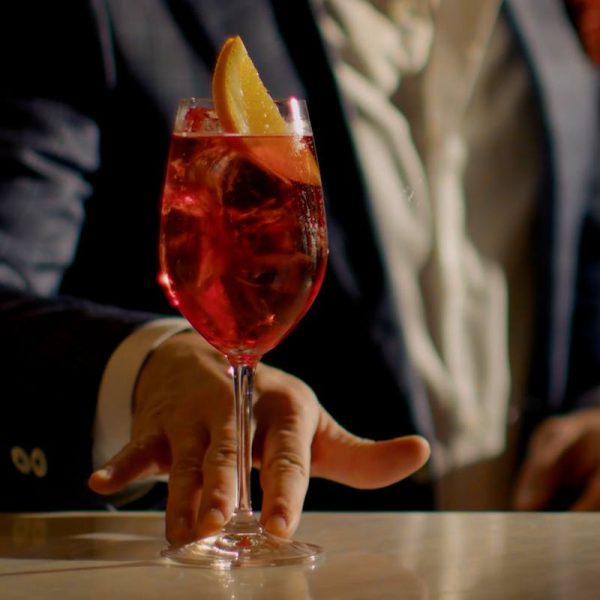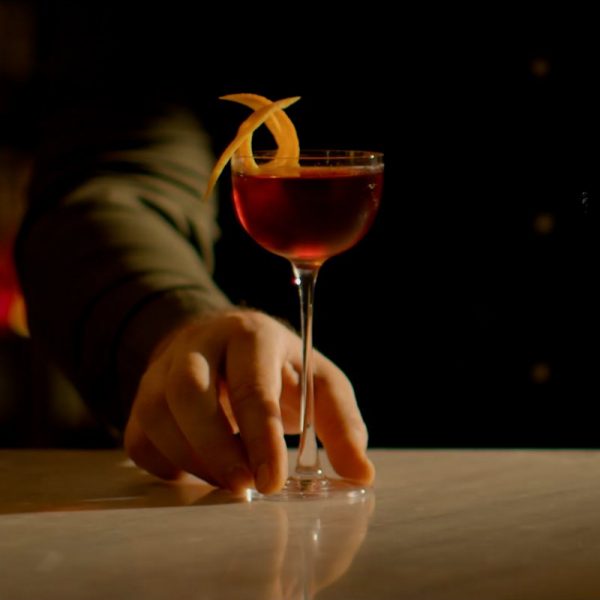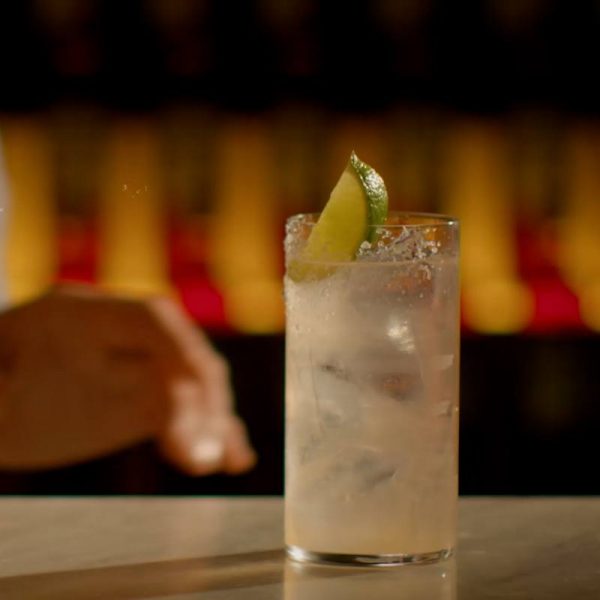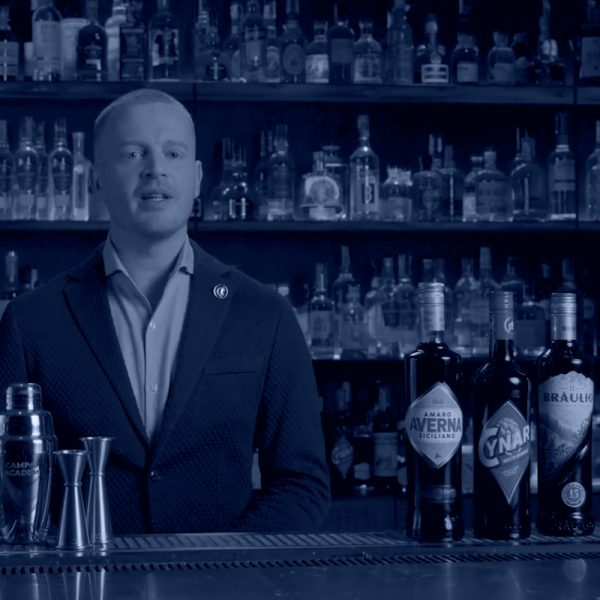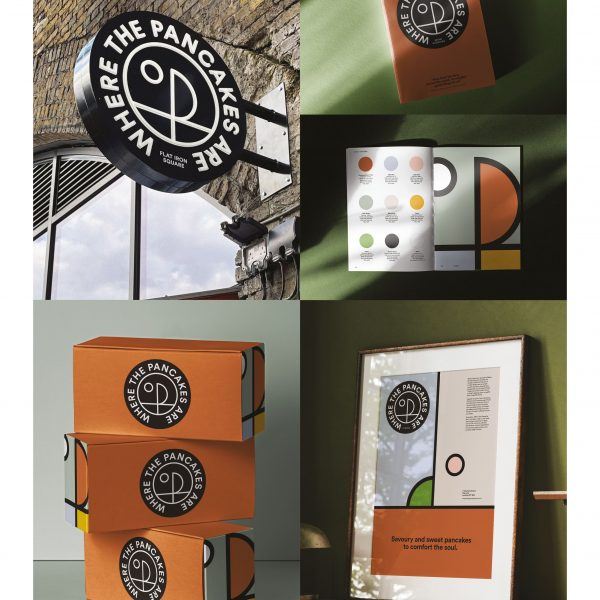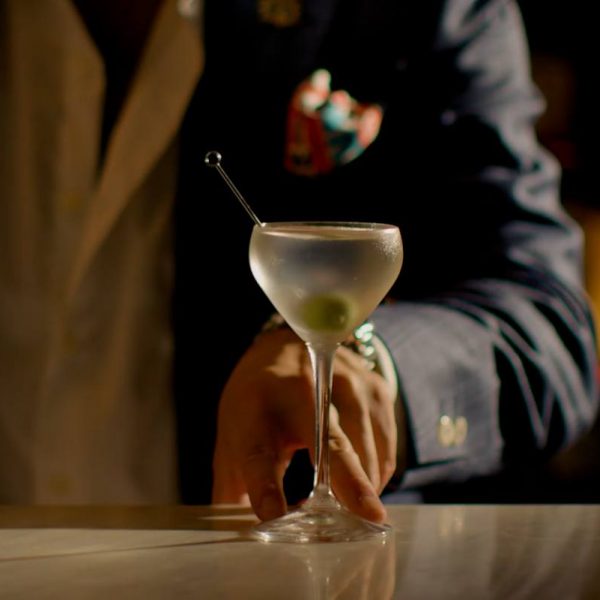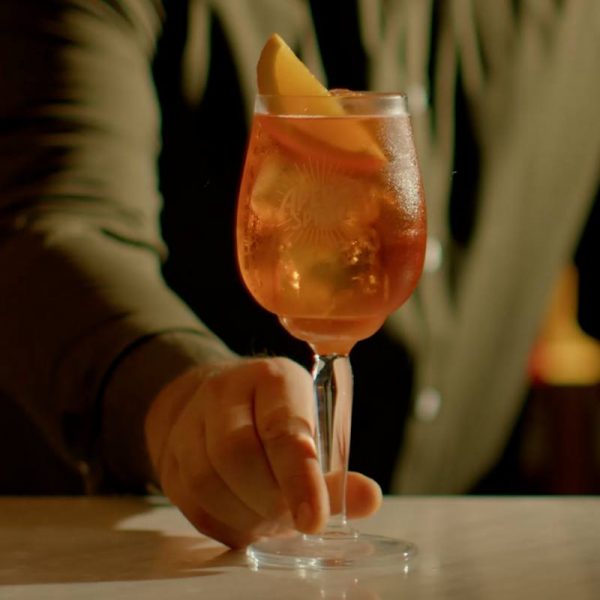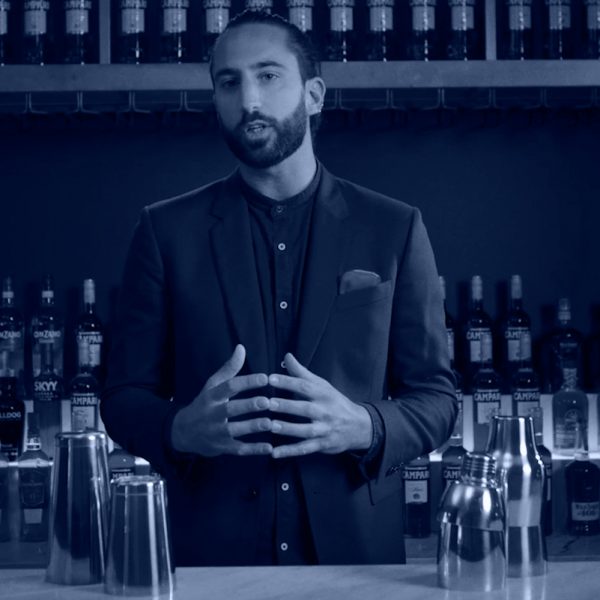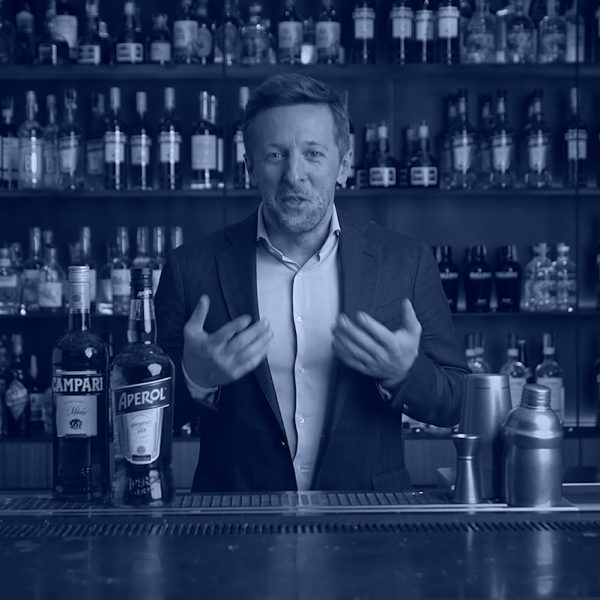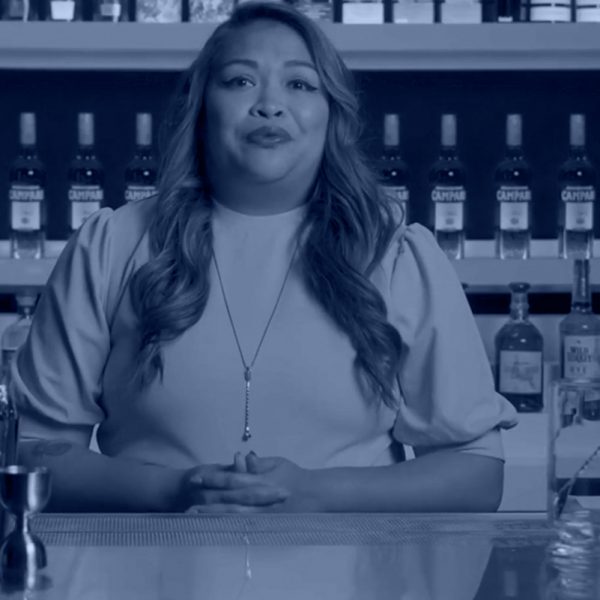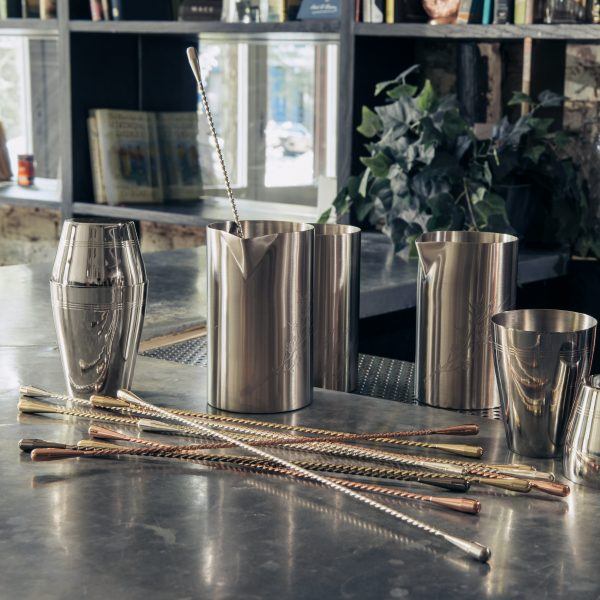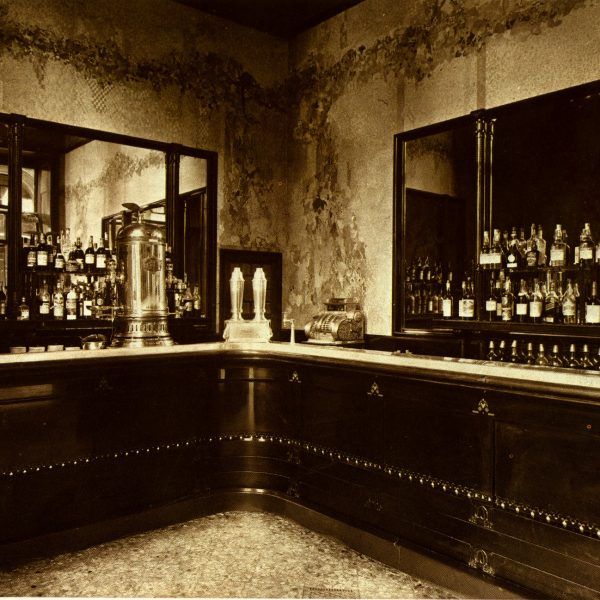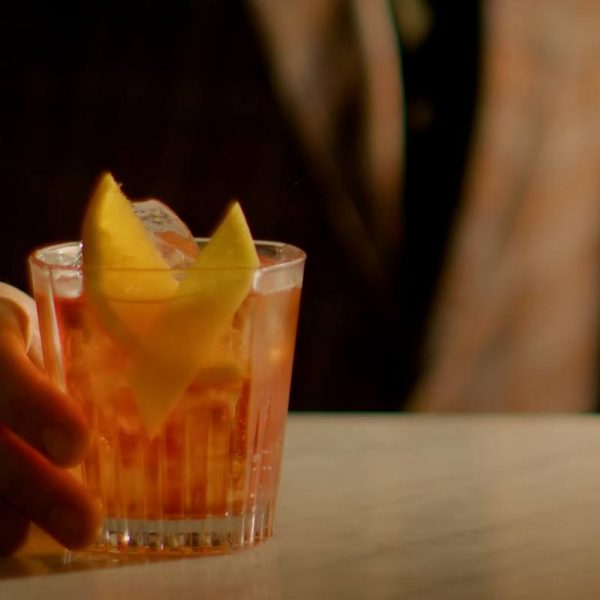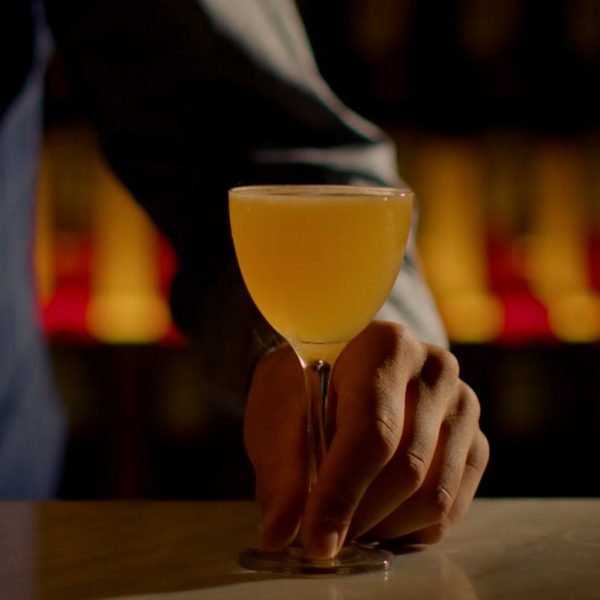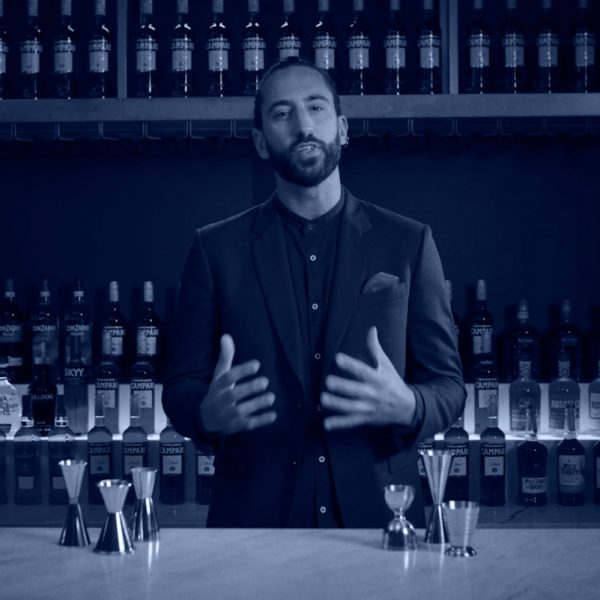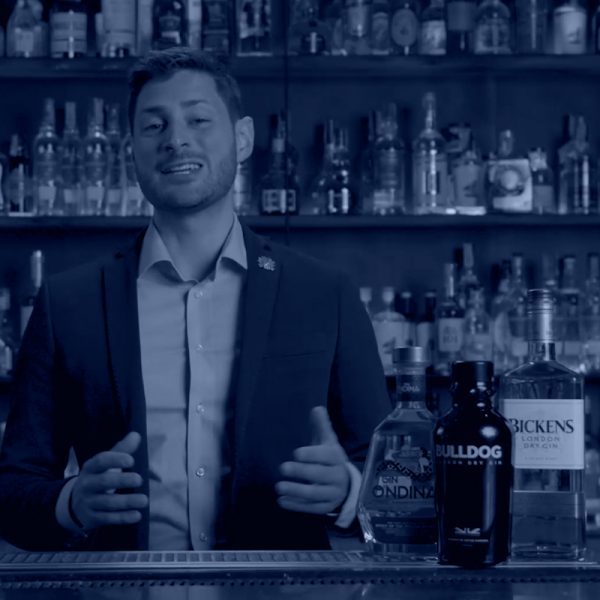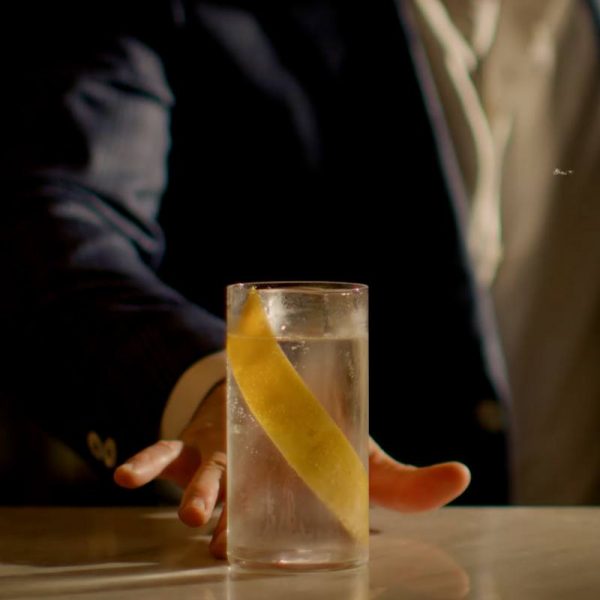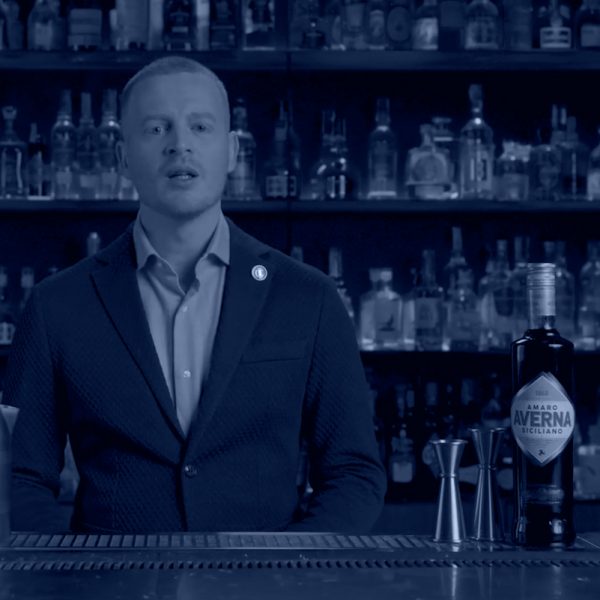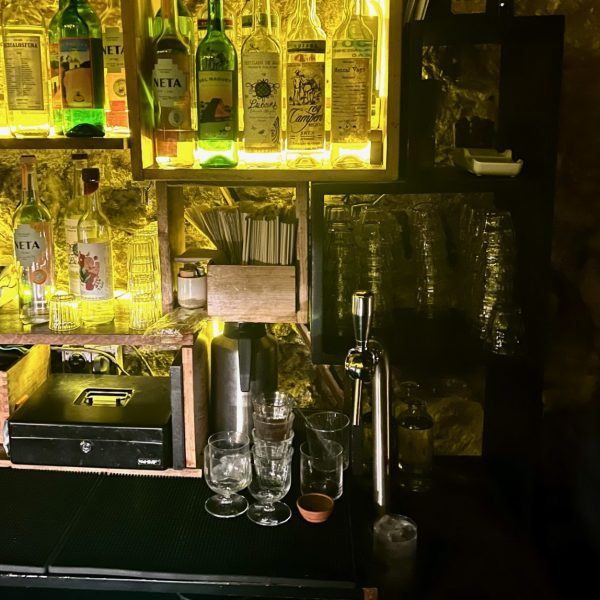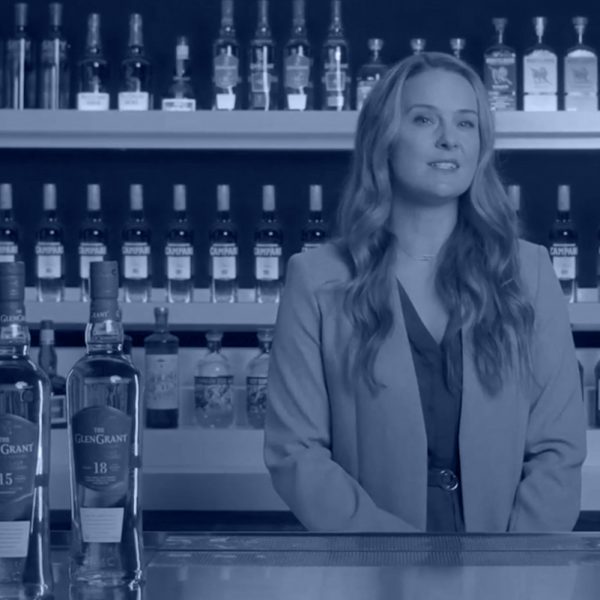A guide to the different types of whiskey

Bourbon
The art of distillation was first brought to Kentucky in the 18th century. The state has now become the heart of Bourbon making in the US – producing 95% of the total category. In fact – there are 2 barrels of bourbon being aged for every person living in Kentucky! Bourbon is one of the most heavily regulated spirits in the world. The law states it must be produced in the U.S. – at no more than 80% ABV – from a fermented mash of no less than 51% corn – and stored at no more than 62.5% ABV. Though Bourbon itself does not have a minimum age requirement – to be classified as a ‘Straight Bourbon’, it must be aged in new charred oak containers for at least two years. After it has been aged you cannot add anything to bourbon – except water – and it cannot be bottled below 40% ABV. This strict regulation and production process ensures the quality of Bourbon – and is a key reason that it’s best served neat.
Rye
Rye Whiskey is often considered ‘America’s First Whiskey’ – distilled in the U.S. as early as the 1640s. Rye – being the most winter hardy grain – thrived in the cold climates of the northeast – and naturally became the grain of choice for distillers. Nowadays – Rye Whiskey follows the same standards as Bourbon – In the U.S, the law states it must be produced at no more than 80% ABV – from a fermented mash of no less than 51% corn – and stored at no more than 62.5% ABV. Though Rye itself does not have a minimum age requirement – to be classified as Straight Rye, it must be aged in new charred oak containers for at least two years. After it has been aged you cannot add anything to Rye – except water – and it cannot be bottled below 40% ABV. Rye can be enjoyed neat or on the rocks – but is also fantastic in classic cocktails such as the Vieux Carré, the Sazerac – and the Manhattan.
Scotch
Scotland is by far the largest producer of whiskey in the world – in fact, for each person living in Scotland there are 8 barrels of maturing whiskey. Distillation was introduced to Scotland by Celtic monks – with the first evidence dating back to 1494 – when Friar John Cor was ordered to produce the alluring liquid for the King of Scotland Together, Single Malt and Blended Scotch account for almost all the whiskey produced in Scotland. The other categories – Blended Malt, Single Grain and Blended Grain – make up less than 1% of production combined.
- As the name suggests, Single Malt whisky is produced at a single distillery – made from water and malted barley.
- Blended whisky on the other hand is a blend of one or more Single Malt Scotches – with one or more Grain Scotland is widely regarded as the home of Whiskey and its history is rooted in Scottish culture – and even the word ‘Whiskey’ derives from the Gaelic ‘uisge beatha’ – meaning “water of life’. As they say in Scotland – Slàinte Mhath! NOTE: Slàinte Mhath is a scottish way of saying ‘Cheers!’ And is pronounced “slan-ge-var”.
Other Key World Whiskeys
Whiskey is produced in many countries around the world – – and different regions may vary in their use of raw ingredients, distillation styles, and maturation methods. Canadian whiskey Most Canadian whiskies are blended multi-grain whiskies containing a large percentage of corn – and are typically light and smooth compared to other whisky styles. Irish whiskey Irish whiskey must be distilled within the borders of the island – and the spirit must be aged for at least three years in oak casks. Japanese whisky Though Japanese whiskey uses local ingredients – it follows the same rules as Scotch whiskey – producing both single malt and blended Scotch. Though Scotland is synonymous with the spirit – and often the first place that people will think of – – It’s always worth remembering that other nations also have long, proud traditions of whisky-making too.








